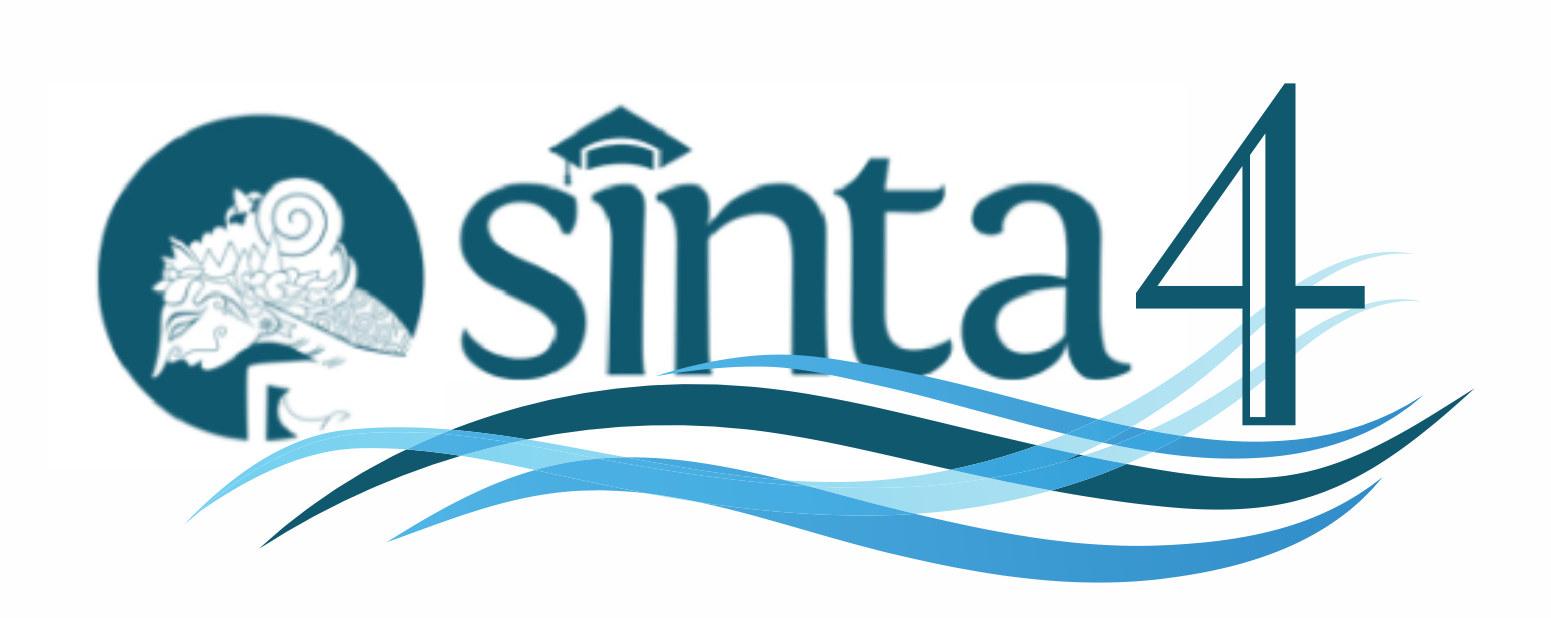PEMBELAJARAN FISIKA BERBASIS KETERAMPILAN PROSES SAINS PADA TOPIK LISTRIK ARUS SEARAH
Abstract
Abstract: This article is a result of an R&D (Research & Development) study which used a 4-D model to develope a teaching material in the form of student’s work sheet that based on science process skill. A valid teaching material has been developed in 2015. The framework of the work sheets was composed of identify (core competence, basic competence, topic, objective), inquiry question, analytical question, and conclusive question. The framework could minimalized the guiding expalanation as often found in experiment manual books. The result showed that the students’ performance in practicing the experiment given was in sufficient category, all of the student were responded positively and all of the activities expected in the learning process were impelemented.
Key words: work sheet, science process skill.
Abstrak: Tulisan ini merupakan hasil penelitian R & D (Research and Development) dengan mengngunakan model pengembangan perangkat 4-D yang bertujuan untuk menghasilkan perangkat pembelajaran berupa lembar kerja berbasis keterampilan proses sains. Pada tahun 2015 telah dihasilkan perangkat pembelajaran yang valid. Kerangka lembar kerja terdiri dari identitas (Kompetensi Inti, Kompetensi Dasar, judul, tujuan), pertanyaan penyelidikan, pertanyaan analisis, dan pertanyaan penyimpulan. Kerangka ini meminimalkan pernyataan tuntunan seperti dalam penuntun praktikum (yang mirip ”resep kue”). Hasil ujicoba menunjukkan kinerja praktikum siswa berada pada kategori cukup, semua siswa merespon positif dan semua aktivitas yang diharapkan muncul dalam pembelajaran terlaksana seluruhnya.
Kata kunci: lembar kerja (LK), keterampilan proses sains.
Full Text:
PDFReferences
Abrahams, I & Millar, R. (2008). Does Practical Work Really Work? A Study of The effectiveness of practical Works as a Teaching and Learning Method in School Science. International Journal of Science Education, 30(14): 1945-1969
Brewe, E., Kramer, L., and O’Brien, G. (2009). Modeling Instruction: Positive attitudinal Shifts in Introductory Physics Measured Alt Class. Physics Review Special Topics Physics Educational Resource, 5: 1-5
Cockman, W.J. (2008). Cookbook Vs. Inquiry. TAP-L Discussion Group. (Online) (Tersedia: http://www.lists.nesu.edu/Cmg-bin/digest?list1, diakses 19/08/2015).
Danielsson, A. T. (2011). Characterising The Practice of Physics as Enacted Ni University Student Laboratories Using ‘Discourse Models’ as an Analytical Tool. Nordina Journals, 7(2): 219-231.
Etkina, E., Muthy, S. And Lou, X. (2006). Using Introductory Labs to Engage Students in Experimental Design. American Journal Of Physics, 74 (11): 979-986.
Guilford, J.P. (1988). Some Changes in The Structure of Intelect Model. Educational and Psychological Measurement Journals, 48: 1-4.
Herman. (2015). Pengembangan LKPD Gerak Melingkar: hubungan kecepatan sudut ω dan kecepatan linier v, Berbasis Keterampilan Proses Sains. Prosiding. Seminar Nasional Lemlit UNM ‘Optimalisasi Hasil-hasil Penelitian dalam menunjang Pembangunan Berkelanjutan. ISSN 2460-1322. Makassar.
Jelly, S. (1985). Helping Children Raise Questions - and Answering Them. In Harlen, W. Primary Science: Taking The Plunge. London: Heinemann Educational Books Ltd.
Karim, S., Rustaman, A. dan Rustaman, N.Y. (1994). Bagaimana Merancang Pertanyaan Produktif. Proyek Pengadaan Alat Peraga IPA SD. Direktorat Pendidikan Dasar. Direktorat Jenderal Pendidikan Dasar dan Menengah Depdikbud: Jakarta.
Liliawati, W. dkk. (2014). Analisis Kemampuan Inkuiri Siswa SMP, SMA dan SMK dalam Penerapan levels of inquiry pada Pembelajaran Fisika. Berkala Fisika Indonesia, 6(2): 34-39.
McDermott, C.L. (1999). A Perspective on Teacher Prepararation in Physics and Other Sciences. American Journal of Physics, 58:78.
Nivalainen, V., Asikainnen, M.A., and Hirvonen, P.E. (2013). Preservice Teachers Objectives and Their Experience of Practical Work. Physical review Special topics-physics Education Research, 9(010102):1-17.
Purwanto. (2013). “Analisis Kemampuan Inkuiri dan Hasil Belajar Siswa Sekolah Menengah Pertama melalui Model Pembelajaran berbasis Model Hierarchie of Inquiry”. Prosiding Pertemuan Ilmiah XXVII HFI Jateng & DIY, Surakarta. Hal. 107-110.
Putra, S.R. (2013). Desain Belajar Mengajar Kreatif Berbasis Sains. Yogyakarta: Diva Press.
Reif, F.M. (1995). Understanding an teaching Important Scientific Thought Processes. American Journal of Physics, 63(1): 17-32
Santyasa, I.W. (2003). Pembelajaran Fisika berbasis Keterampilan Berpikir Sebagai Alternatif Implementasi KBK. Makalah. Disajikan dalam Seminar Nasional Teknologi Pembelajaran, 22-23 Agustus 2003. Yogyakarta.
Wahyuni, S.H. (2013). Penggunaan pertanyaan produktif pada lks untuk Meningkatkan Hasil Belajar Siswa dalam Pembelajaran IPA . Antologi PGSD Bumi Siliwangi, 1(3): 1-8.
Wattimena, H.S., Suhandi, A., & Setiawan, A. (2014). Profil Penyelenggaraan Praktikum Fisika Sekolah sebagai Penyiapan Mengembangkan Kreativitas Calon Guru. Jurnal Pendidikan MIPA, 5(2): 71-80.
Wenning, C. J., (2010). Levels of Inquiry: Using Inquiry Spectrum Learning Sequences to Teach Science. Journal of Physics Teacher Education Online, 5(3): 11-20.
Wenning, C. J. (2011). Experimental Inquiry in Introductory Physics Courses”, Journal of Physics Teacher Education Online, 6(2): 2-8.
DOI: http://dx.doi.org/10.20527/jvk.v31i2.3989
Article Metrics
Abstract view : 2288 timesPDF - 2005 times
Refbacks
- There are currently no refbacks.
Copyright (c) 2017 Vidya Karya
Indexed By

Vidya Karya is licensed under a Creative Commons Attribution-ShareAlike 4.0 International License.







.png)
.jpg)

